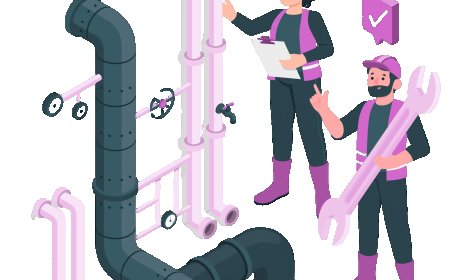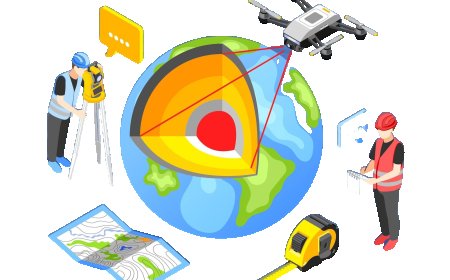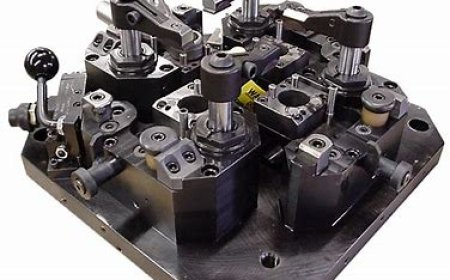- Understand the design and installation of Drainage, Waste, and Vent (DWV) systems for residential, commercial, and industrial buildings.
- Gain experience in installing drainage pipes, waste stacks, and vent pipes, ensuring compliance with plumbing codes.
- Practice sloping pipes correctly to maintain efficient drainage and prevent blockages or improper venting.
- Learn to troubleshoot common issues in DWV systems, such as clogs, venting problems, or improper flow.
- Receive feedback on installation techniques, system performance, and adherence to plumbing codes, with XR-enhanced simulations for realistic, interactive training.
imaginX is used by many amazing schools and universities
University / College

























